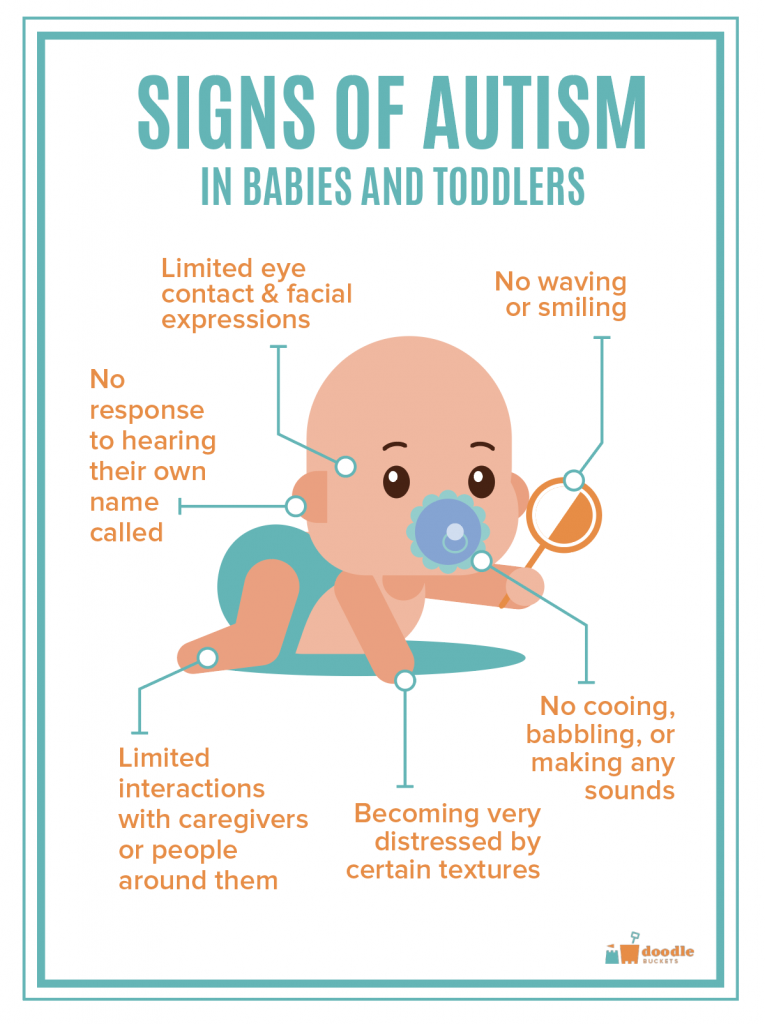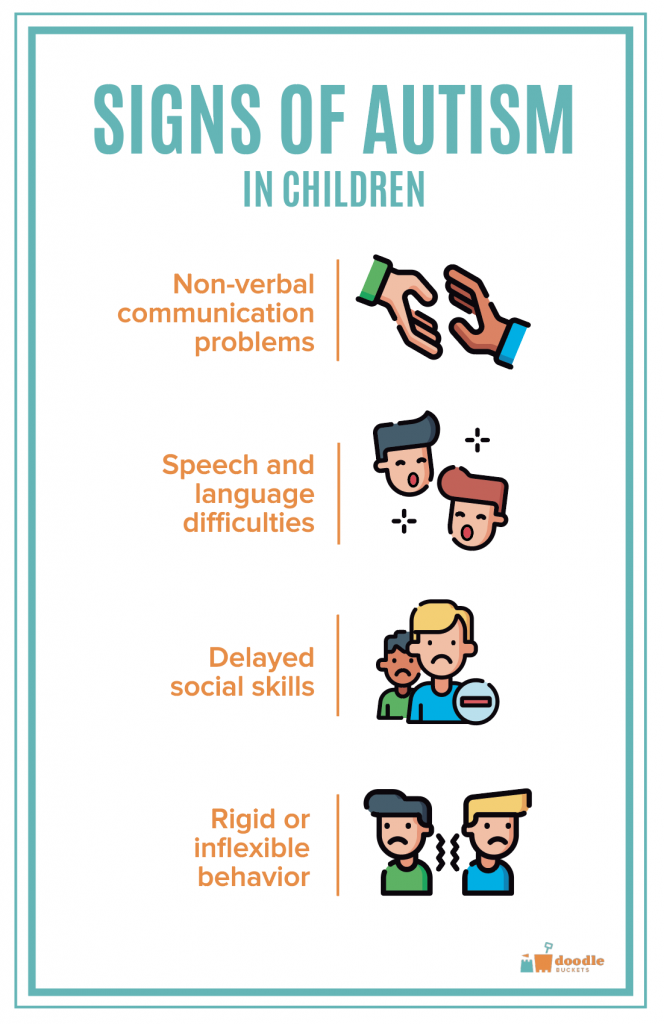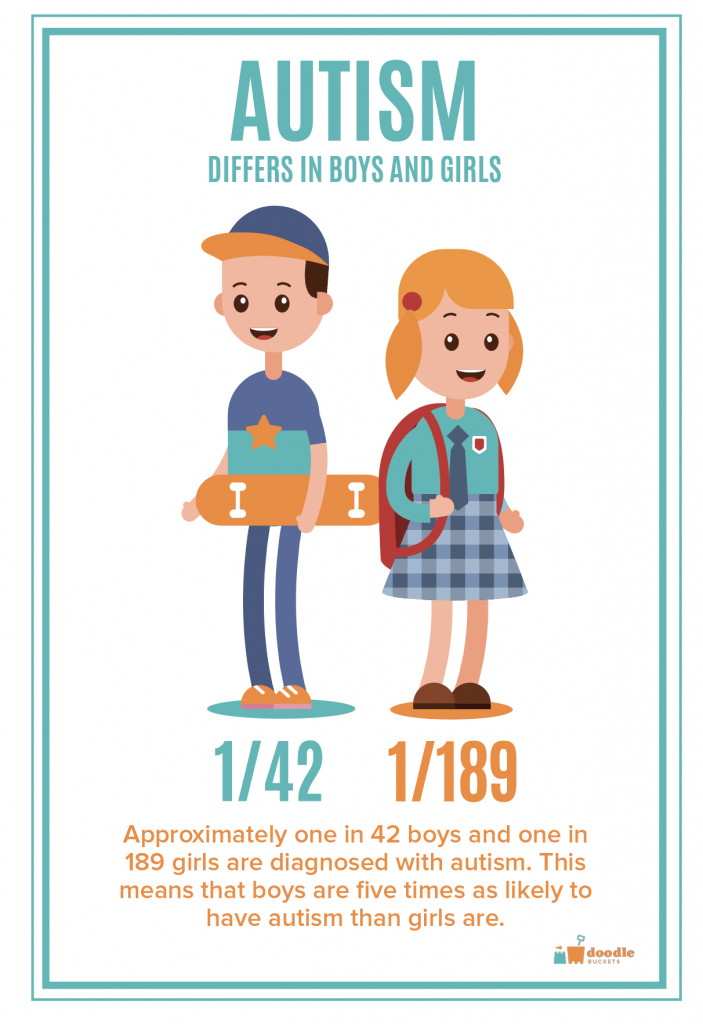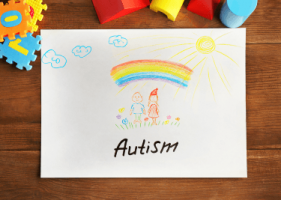“Could my child have autism?”. It’s a common question more and more parents are asking themselves these days and one you should consider if your intuition tells you something isn’t quite right with your son or daughters development.
As autism awareness continues to gain traction, parents now have access to more resources and support. Yet no parent is ever prepared to ask themselves this question.
Considering the possibility that your child may have autism can feel devastating and overwhelming. But recognizing the symptoms is the first step to getting your child the help they need.
This article will explain more about what autism is, common signs to look out for, and what your next steps should be.
What is Autism?
Autism spectrum disorder (ASD) is a group of complex disorders that usually appear in early childhood. It affects many areas of development including the ability to socialize, communicate, and relate to other people.
Opinions vary on how autism should be treated but most experts agree that early intervention is best. The earlier autism is diagnosed, the earlier treatment can begin. Receiving a diagnosis by 18 months can make a world of difference when it comes to your child’s future prognosis.
Recognizing the signs of autism can be challenging because it affects everyone a little bit differently. But the National Institute of Neurological Disorders and Stroke (NINDS) outlined four main symptoms in children:
- Poor communication skills
- Limited interests
- Repetitive behaviors
- Limited or no verbal skills
Signs of Autism in Babies and Toddlers

Early signs of autism can show up in infancy, although most children won’t receive a diagnosis until ages two or three. Every infant will display different symptoms but there are several key traits that could point to autism.
The earliest sign of autism is when babies won’t engage with their caretakers in the same way typically developing infants do. Here are some common signs of autism in infants and toddlers:
- No waving or smiling
- No cooing, babbling, or making any sounds
- Limited eye contact and facial expressions
- Limited interactions with caregivers or people around them
- Becoming very distressed by certain textures
- Becoming overwhelmed by loud noises
- No response to hearing their own name called
Sometimes, there are no signs of autism in infancy. A baby may appear to be developing typical social skills and then between one and two years old, they suddenly lose those skills. This is known as regression and is a big warning sign for autism.
Perhaps they were waving and making eye contact as a baby but suddenly stop doing that. This is a red flag and a sign you should contact your doctor right away. One study found that regression occurs in 20 percent of children with autism.
Signs of Autism in Children

As children grow older, the signs of autism become more diverse. And unfortunately, children with mild autism are often able to blend into their environment. This means those children won’t receive the help they need.
Here are some of the most common signs of autism in older children:
Non-verbal communication problems
- Avoiding eye contact
- Their facial expressions don’t match what they’re saying
- They can’t pick up on nonverbal cues from others
- They come across as cold or “robotic”
- Their body language is clumsy or they have different ways of moving around
Speech and language difficulties
- Delayed speech and language skills
- Speaking in a different tone of voice or with a strange pitch
- Repeating questions instead of answering them
- Uses grammar incorrectly
- Doesn’t seem to understand humor or sarcasm
- Can’t follow simple directions
Delayed social skills
- Doesn’t seem to be aware of what’s going on around them
- Can’t seem to connect with others or make friends
- Has trouble understanding and talking about their feelings
- Doesn’t seem to hear when others are talking to them
- Doesn’t play pretend, join group games, or use toys that are appropriate for children with autism
- Seems detached and prefers to be by themselves
Rigid or inflexible behavior
- Has to do things the same way every day
- Has trouble dealing with any changes in their environment
- Obsessively lines things up or arranges them in a certain way
- Extremely preoccupied with one interest
- Repeats certain movements and actions over and over
How Boys and Girls Differ

Approximately one in 42 boys and one in 189 girls are diagnosed with autism. This means that boys are five times as likely to have autism than girls are.
Since autism is much more common in boys, diagnosing them tends to be easier. Boys between the ages of two and four usually begin to show signs like sensory issues, poor social skills, and a narrow set of interests.
This becomes more noticeable once they start school and begin interacting with their peers. Common signs in boys include things like poor eye contact and lack of engagement with their peers or caregivers.
But according to behavioral specialists at the Cleveland Clinic, autism isn’t necessarily less common in girls. Girls don’t usually display some of the characteristically male symptoms of autism so they are often misdiagnosed.
One study found that girls with autism tend to struggle more with communication, have a harder time adapting to their environment, and have lower cognitive abilities. For that reason, autistic girls are often misdiagnosed as having a developmental or communication disorder.
If you suspect your daughter might be autistic, don’t discount their behavior just because it’s not typical autistic behavior. Without an autism diagnosis, your daughter’s access to resources and treatment will be limited.
Next Steps for Parents
As a parent, you have the most insight into your child’s behavior. You spend the most time with them and see things that your pediatrician is unable to see during a 15-minute check-up.
So if you’re concerned about some of the behaviors your child is displaying don’t discount these feelings! The best thing you can do is take them in for an autism test, screening or evaluation. Early diagnoses are proving to be critical in the develop of autistic children so never let well-meaning individuals talk you into taking a “wait and see” approach.
You don’t lose out on anything by exploring your options. But waiting and hoping the problem resolves itself could cause you to lose valuable time. You are your child’s best advocate and no one will care about their recovery more than you.
Stay tuned for the next article where we’ll talk about how to receive an autism diagnosis.



